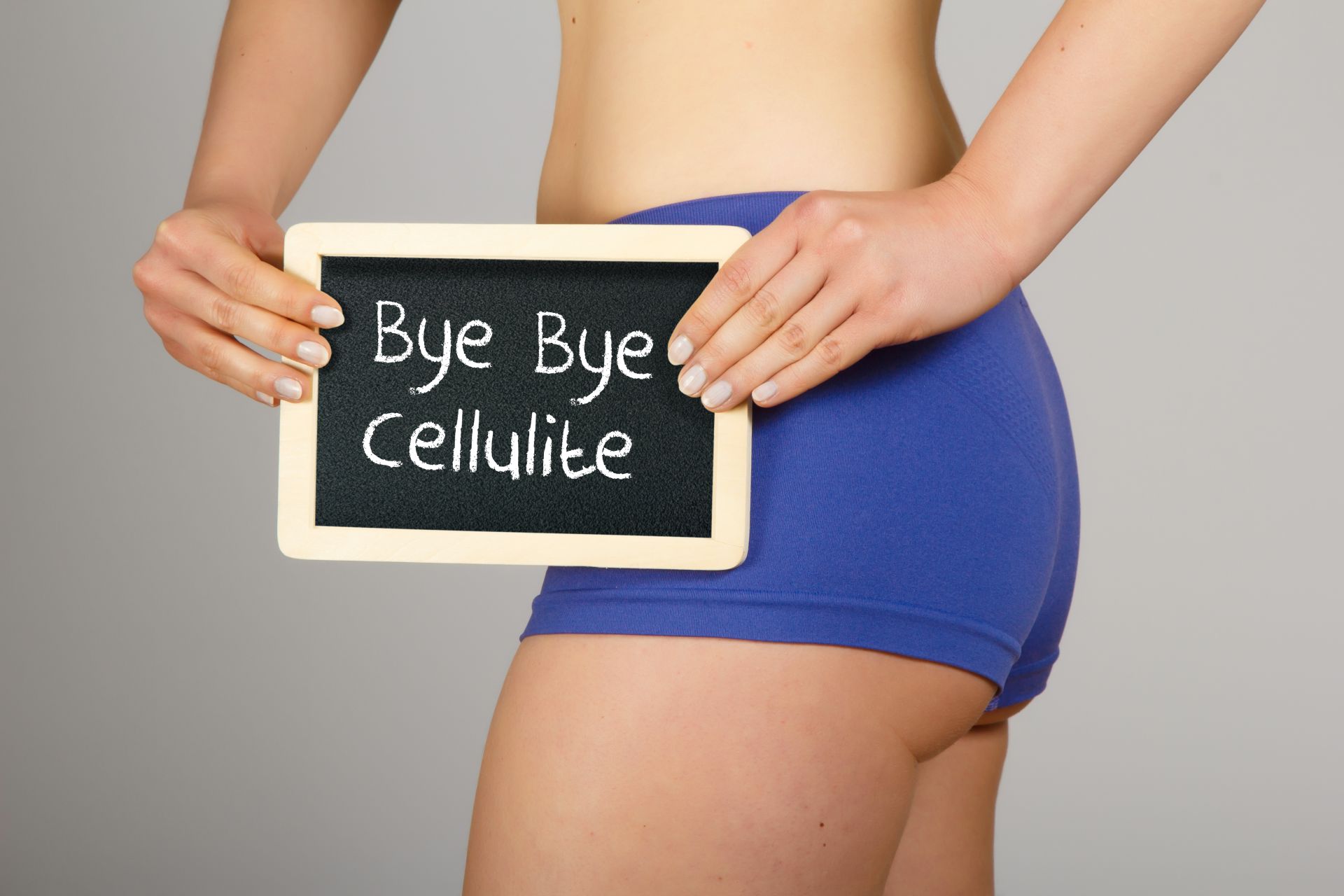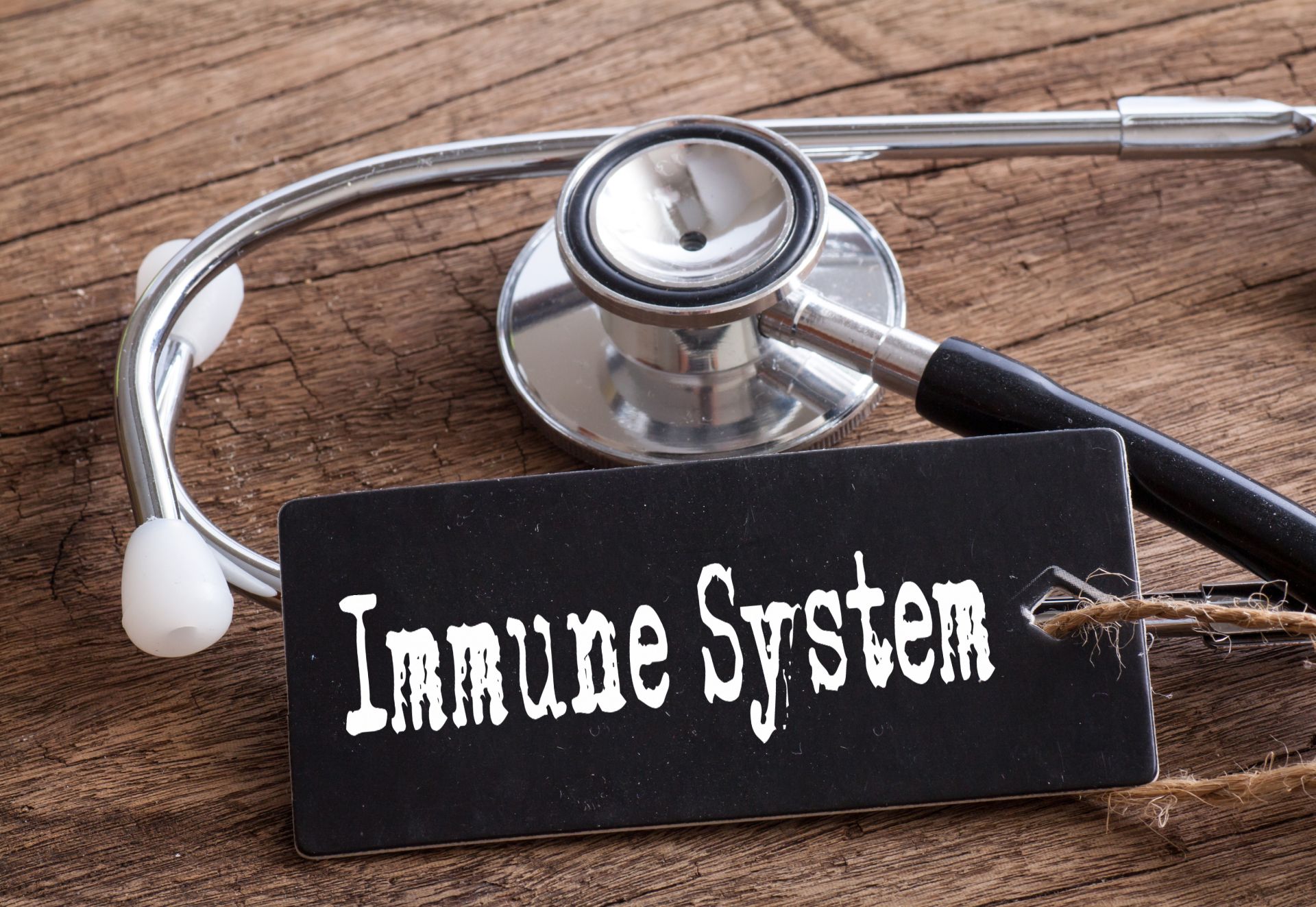Cellulite - how to prevent it?

Cellulite is a skin defect that mainly young women complain about. However, cellulite is a phenomenon that not only occurs among women, but also increasingly in men, and even more so in those who lead unhealthy and mostly sedentary lifestyles. So let's find out exactly what cellulite is, how it manifests itself, and whether there are any proven ways to help prevent its development.
- Cellulite - what is it?
- Cellulite - symptoms
- Where does cellulite come from?
- Cellulite - diagnosis
- Cellulite - treatment
- Cellulite - how to prevent it?
Cellulite - what is it?
Cellulite is undoubtedly one of the most common skin disorders, as it affects between 85 and up to 98% of adult women**. It is nowadays recognized that cellulite is a pathological condition, as its advanced stage can indicate serious health disorders, such as the development of varicose veins, for example, or venous clots**. Cellulite is characterized by the occurrence of edematous, fibrous and sclerotic changes in the subcutaneous tissue, which lead to an unsightly appearance of the skin resembling an orange peel. Cellulite lesions most often appear in the hips, buttocks, abdomen and lateral and upper thighs. It is indicated that cellulite affects one in two women (regardless of weight) and can appear even in young women. However, cellulite usually occurs in pregnant women and those taking oral estrogen contraceptives or hormone replacement therapy.
Cellulite - symptoms
The skin in the area affected by cellulite is usually dry, hard, rough, undulating and inflexible. Cellulite is also often associated with stretch marks, as well as discoloration and excessive pigmentation of the skin. On the basis of the physical examination, the doctor may additionally find the following in patients with cellulite: microvascularity, varicose veins, as well as swelling of the subcutaneous tissue and trophic changes in the skin. In addition, people struggling with cellulite report a number of subjective symptoms, which include a feeling of heaviness and excessive tension in the lower extremities, tingling, cramping and periodic sudden pain of mild intensity.
Where does cellulite come from?
The predisposition to the appearance of cellulite is largely genetic, although environmental factors also have a significant impact. It is well known that a sedentary lifestyle, poor diet, alcohol abuse and compulsive smoking can promote the appearance of cellulite. In addition to genetic predisposition, among the main causes of cellulite formation are endocrine disorders, pathological changes in connective tissue, circulatory problems, immune factors, abnormal functioning of the gastrointestinal tract and disorders of the central nervous system. In addition, other factors such as obesity, pregnancy, premenstrual syndrome and excessive release of estrogen by the ovaries, among others, promote the development of cellulite.
Cellulite - diagnosis
The diagnosis of cellulite usually involves visual assessment, palpation, measurement of the patient's thigh circumference, skin analysis using the Nurnberger-Muller scale and thermography. In addition, classical and high-frequency ultrasonography, as well as static and dynamic elastography, are now increasingly being performed in people struggling with cellulite.
Cellulite - treatment
The choice of treatment method depends on the stage of cellulite, the condition of the skin and the patient's motivation to modify his lifestyle and comply with medical recommendations. Comprehensive treatment of cellulite is based on several main mechanisms, at the basis of which are lipolytic and anti-edematous effects, as well as stimulating microcirculation in adipose tissue and increasing capillary permeability. Cellulite therapy uses the wearing of graduated compression tights, which improve blood circulation and support the muscles of the lower extremities. In addition, patients affected by cellulite are advised to take oral preparations containing flavonoids and/or pentoxifylline, as well as topical application of anti-cellulite cosmetics in the form of creams and gels and subcutaneous injections of specialized mixtures. Most commonly, bioactive substances such as caffeine, L-carnitine, thiratricol (TRIAC), procaine, artichoke extract, and extracts of yellow sweet clover and rutin are injected directly into the skin affected by cellulite. In addition to the use of anti-cellulite cosmetics and needle mesotherapy, patients affected by cellulite can be treated with carboxytherapy, endermologie, phonophoresis and lymphatic drainage.

Cellulite - how to prevent it?
Many people wonder how to prevent the appearance of cellulite. In both the prevention and treatment of cellulite, a varied and well-balanced diet and regular exercise of moderate intensity play an extremely important role. Every day you should consume a variety of fresh fruits and vegetables, legumes, coarse grain cereal products (including wholemeal rye bread, dark pasta, brown rice, buckwheat groats) and unsalted and unsweetened nuts, almonds, seeds, seeds, which provide sizable amounts of vitamins, minerals, antioxidants and dietary fiber. In addition, it is worth regularly including in the diet fatty species of fish (such as salmon, rainbow trout, Atlantic mackerel), which are a good source of EPA and DHA fatty acids with beneficial effects on the skin. To prevent the development of cellulite, it is recommended to drink at least 2 liters of fluids every day, including a minimum of 1.5 liters of unsweetened water. You should also avoid frequent consumption of highly processed foods (including: sweets and confectionery, sugary sodas, salty snacks, fast food) and alcoholic beverages. To prevent cellulite, exercise such as brisk walking, Nordic walking, jogging, cycling, orbiter exercise, swimming, gymnastics, 3 to 5 times a week for 30-60 minutes, is most often recommended.
Sources:
-
Sadick N.: Treatment for cellulite. Int J Womens Dermatol. 2018 Oct 22;5(1):68-72.
-
Bass LS, Kaminer MS: Insights Into the Pathophysiology of Cellulite: A Review. Dermatol Surg. 2020 Oct;46 Suppl 1(1):S77-S85.
-
Tokarska K, Tokarski S, Wozniacki A, et al: Cellulite: a cosmetic or systemic issue? Contemporary views on the etiopathogenesis of cellulite. Posteps Dermatol Alergol. 2018 Oct;35(5):442-446.
-
Gałązka M, Galęba A, Nurein H.: Cellulite as a medical and aesthetic problem-etiopathogenesis, symptoms, diagnosis and treatment. Hygeia Public Health 2014, 49(3): 425-430.
 ⮜ Previous article
⮜ Previous article
Figure recomposition - building muscle and burning fat. Is it possible?
 Next article ⮞
Next article ⮞